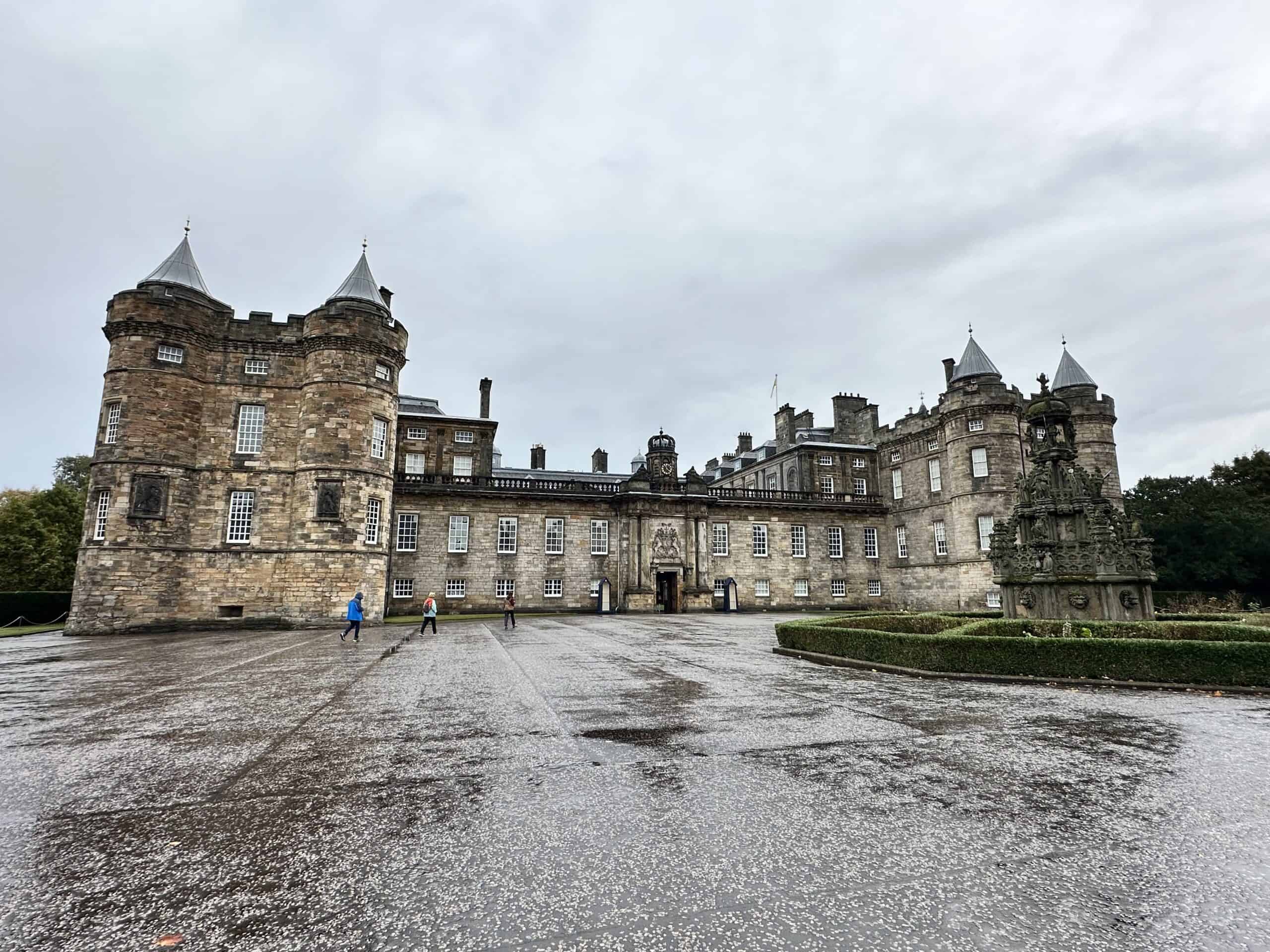
The history of the Palace of Holyrood begins with the Augustinian abbey founded by David I: the complex was then enlarged over the years.
According to a legend, in 1128 King David I of Scotland founded an abbey on the outskirts of Edinburgh after having a vision of a large deer with a cross between its antlers.
He had interpreted it as a divine message: the name Holyrood derives from the Scottish expression “Haly Ruid”, which means “holy cross”, precisely in reference to the legend.
In 1503 James IV of Scotland had the idea of transforming the abbey into a palace to adapt to the needs of the court.
Further work began in 1600 until, in 1650, a fire destroyed a large part of the building and the palace was abandoned until the beginning of the 1700s.
With the end of Scottish independence in 1707, the Palace of Holyrood passed to the English royals and in 1910, George V greatly modernized the palace thus making it the royal seat in Scotland.
The visit inside begins with the State Apartments, known above all for their stucco decorations and rich collections of French and Flemish tapestries.
Among the main rooms that can be visited are the King’s Bedroom, the largest room; the Dining Room, which is still used for this function by the British royals when they stay in the palace and the Throne Room (with the pair of thrones commissioned by George V in 1911).
Outside the palace are the remains of the abbey church, one of the largest in medieval Scotland, now reduced to a church without a roof, characterized by large and mighty Romanesque arches and Gothic mullioned windows.
The Palace of Holyrood is the official residence of the sovereigns of the United Kingdom during their stays in Scotland, and has long been the palace of the Scottish kings.
English court stays there one week a year, usually between the end of June and the beginning of July. The arrival of the Royal Family is greeted with the Presentation of the Keys ceremony, in which the keys to Edinburgh are presented as a sign of the city’s loyalty.
Inside the Palace of Holyrood, it is absolutely forbidden to take photographs and filming.















